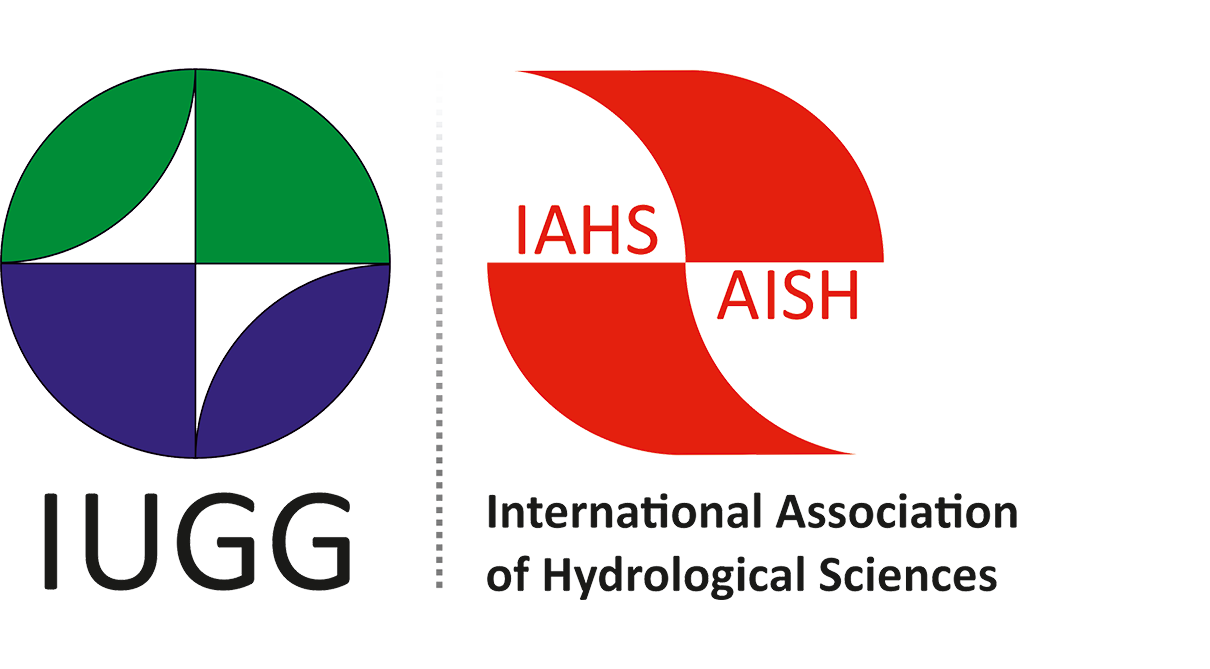IAHS News
How can models help to solve water quality problems?
How can models help to solve water quality problems was the focus of workshop HW13, which included a round-table discussion, organised at Gothenburg by ICWQ and ICSW. During the first two sessions the keynote lecture and papers presented by authors from UK, Finland, Estonia, Brazil, Sweden, South Africa, Poland and Germany provided useful, interesting information on application of water quality models for solving real water quality problems in different countries and regions, as did the poster session. The third session was devoted to the round-table discussion; two suggested questions were discussed in two groups, who then presented their responses to the whole audience.
The questions were:
1. What are the conditions for success in application of water quality models for solving water quality problems?
2. What are most important obstacles and barriers preventing successful application of water quality models to real management.
The discussion outcomes are summarized below:
Question 1. What are the conditions for success in application of water quality models for solving water quality problems?
The answers were structured into five categories, as conditions related to: the state of knowledge, models, data, collaboration between scientists and stakeholders, and policy.
State of knowledge
- sound knowledge of governing processes in a given catchment
- data and parameter uncertainties are well known (related to point 1)
- effects of measures are clearly identifiable
Model
- suitability of the model to the task (all key processes and needed outputs included)
- sufficient knowledge and experience of the modeller
- previous test of the model in similar conditions, with successful hydrological and water quality validation
Data
- sufficiently good quality input data, full dataset needed
Collaboration
- joint working of stakeholders and scientists in developing/using models to solve water quality problems (model should not be seen as a black box by authorities)
- open discussions to get rid of misunderstandings, to explain model limitations and uncertainties, and to enhance confidence in the modeling results
- common interests between modellers and stakeholders, and a common will to improve the water quality status
Policy
- policy framework that encourages changes in land use and management practices to implement the solutions to water quality problems identified from modelling
Question 2. What are most important obstacles and barriers preventing successful application of water quality models to real management.
The answers were structured into four categories, as obstacles and barriers related to the modeller side, to the stakeholder side, to differences in perception/preferences, and other problems.
From the modeller side
- process knowledge is too weak to understand inter-relationships and define process rates for a variety of the real catchment conditions
- lack of appropriate water quality and flow data to calibrate and validate water quality models properly (e.g. for checking components at different hydrological pathways)
- public data sometimes is hard to compile and get access to; even state owned institutes sometimes prohibit usage of such data (or in some cases demand money).
- modelling does not provide sufficient spatial detail to assess specific management measures
- communication with stakeholders is very time-consuming and difficult to organize
From the stakeholder side
- lack of capacity (time, education, training) for managers to use models
- lack of motivation and stakeholder fatigue (too many projects require stakeholder collaboration)
- not enough reliability of modelling results leading to low level of acceptance by the stakeholders
- managers resistance to change from existing traditional methods to the new ones
- inadequate communication between modellers and stakeholders (motivation from one of the sides is usually missing)
Differences in perception/preferences between modellers and stakeholders
- difference in spatial scales, e.g. often modellers prefer smaller scales while stakeholders may be interested in the whole catchment of a large sea or a large administrative region
- differences between modellers and stakeholders regarding level of details and the drivers/factors regarded most important
- normally there is a need for a long-term process that can take years whereas the authorities want a quick answer
Other problems
- the problem is not large enough to force management decisions (not only related to modelling but to decision making)
- another dilemma is that research institutes compete with pure consultancy firms.
The roundtable session was convened, and reported on, by Valentina Krysanova (workshop convener), Ahti Lepisto, Kate Heal and Michael Rode.
